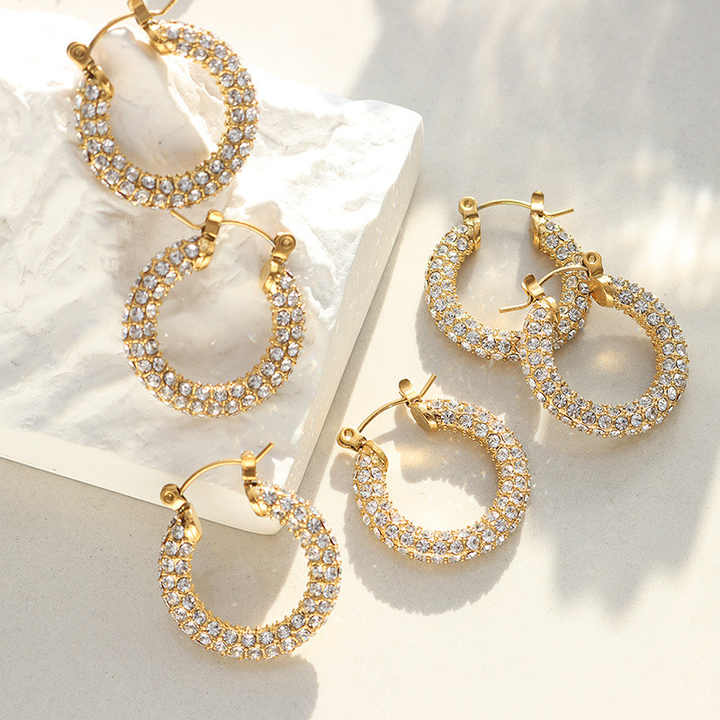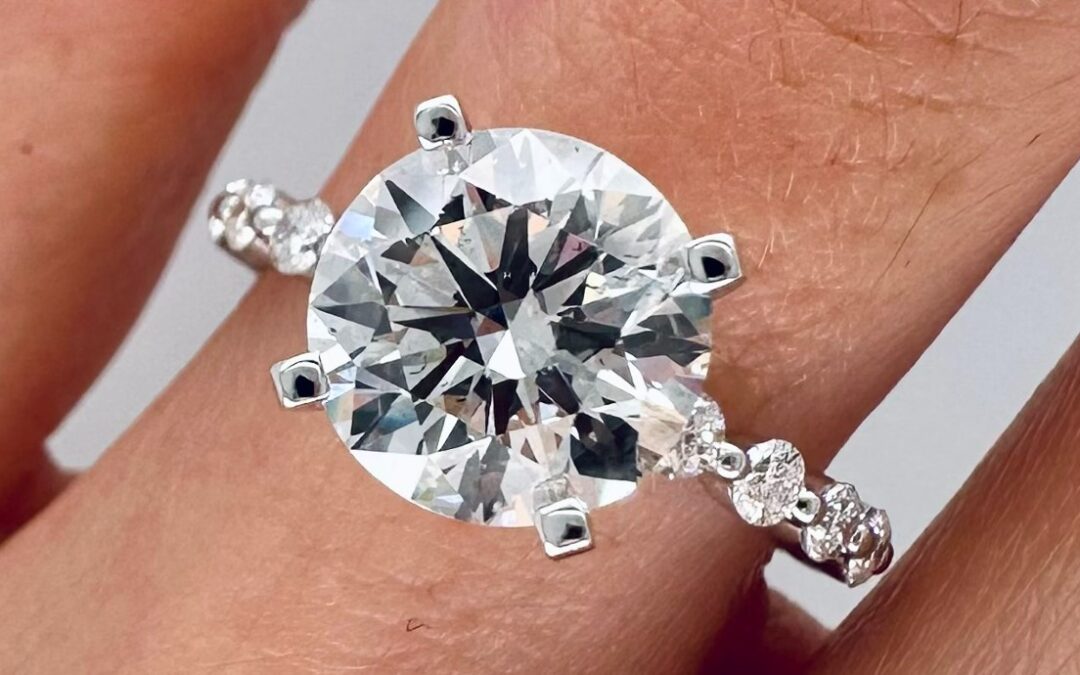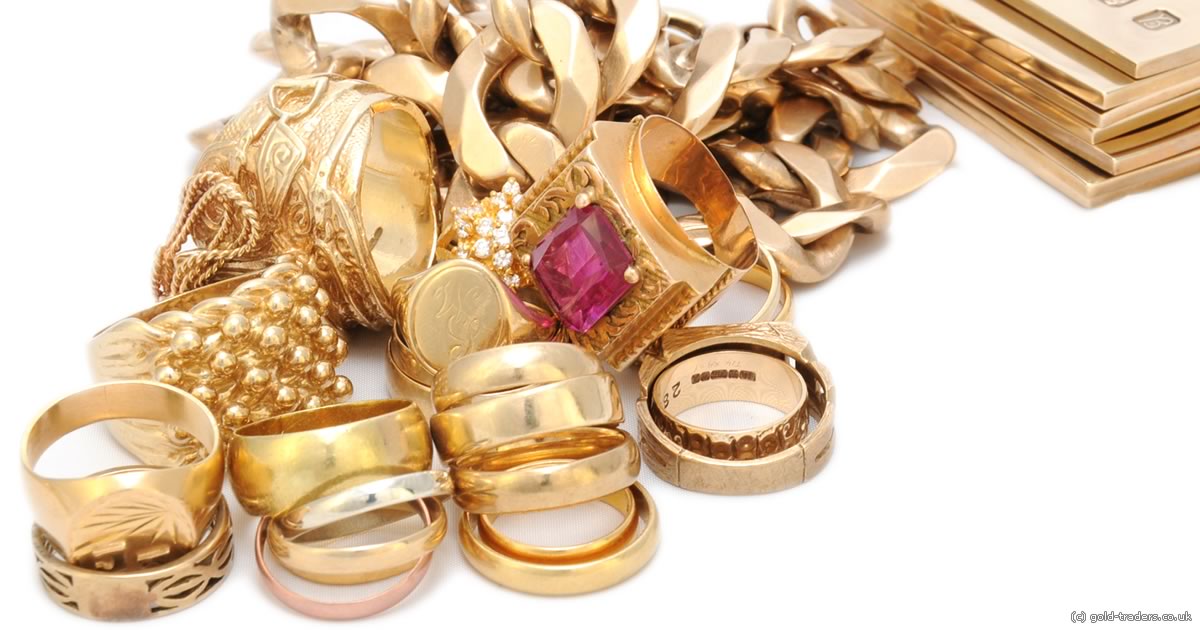In the world of luxury, blood diamonds have long held a sinister allure, shrouded in mystery and controversy. These conflict diamonds are not merely glittering gems adorning the fingers of the affluent; they carry with them a legacy of suffering, exploitation, and human rights abuses. In this comprehensive exploration, we delve deep into the heart of the blood diamond trade, uncovering its origins, impact, and the ongoing efforts to combat its devastating effects.
The Origin of Blood Diamonds
The term “blood diamond” originated in the late 1990s, gaining prominence with the release of the movie “Blood Diamond” starring Leonardo DiCaprio. However, the issue predates its cinematic portrayal, tracing back to the tumultuous landscapes of Africa’s diamond mines. These precious stones, coveted for their rarity and brilliance, often come at a grave cost.
Exploitation and Human Rights Abuses
Behind the sparkle lies a dark reality of exploitation and human rights abuses. In regions such as Sierra Leone, Liberia, and the Democratic Republic of Congo, armed groups have seized control of diamond mines, using the proceeds from diamond sales to finance armed conflict and perpetrate violence against local populations. Miners, including children, are subjected to hazardous working conditions, receiving meager wages while enduring unimaginable hardships.
Environmental Impact
The blood diamond trade not only inflicts human suffering but also wreaks havoc on the environment. Illegal mining practices, such as alluvial mining and deforestation, contribute to soil erosion, water pollution, and habitat destruction. The ecological footprint of blood diamonds extends far beyond the glittering surface, leaving a trail of devastation in its wake.
Global Response and Regulation
In response to mounting concerns, the international community has taken steps to address the issue of blood diamonds. The Kimberley Process Certification Scheme, established in 2003, aims to prevent the trade of conflict diamonds by implementing rigorous standards and certification mechanisms. While the Kimberley Process has made strides in curbing the flow of blood diamonds, lab diamonds,challenges persist, including loopholes in enforcement and the emergence of new smuggling routes.
Ethical Sourcing and Responsible Consumption
As consumers become increasingly conscientious about the origins of their purchases, the demand for ethically sourced diamonds has surged. Jewelry retailers and manufacturers are embracing responsible sourcing practices, ensuring that their diamonds are sourced from reputable mines with stringent labor and environmental standards. By choosing ethical diamonds, consumers can make a tangible impact in promoting transparency and accountability within the diamond industry.
Empowering Communities Through Fair Trade Diamonds
Beyond ethical sourcing, fair trade diamonds offer a beacon of hope for communities affected by the blood diamond trade. Fair trade certification guarantees fair wages, safe working conditions, and community development initiatives for miners and their families. By supporting fair trade diamond initiatives, consumers can contribute directly to the well-being of vulnerable communities, fostering sustainable livelihoods and economic empowerment.
Conclusion: Shaping a Brighter Future
In the pursuit of beauty and luxury, we must not turn a blind eye to the human suffering and environmental degradation wrought by the blood diamond trade. By raising awareness, advocating for change, and making informed choices as consumers, we can collectively work towards a future where diamonds sparkle with integrity and compassion, free from the taint of conflict and exploitation.


























